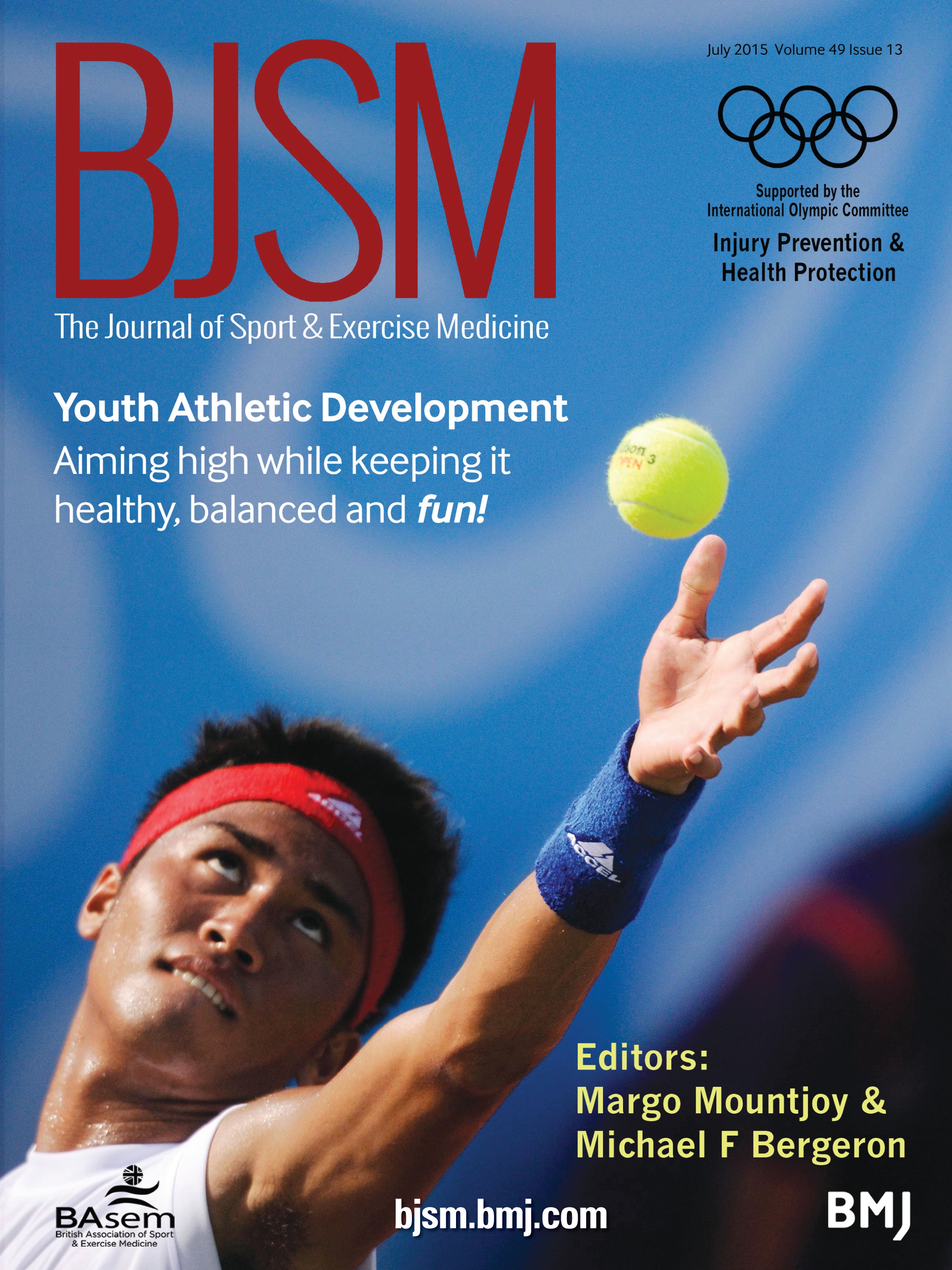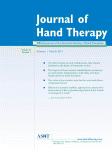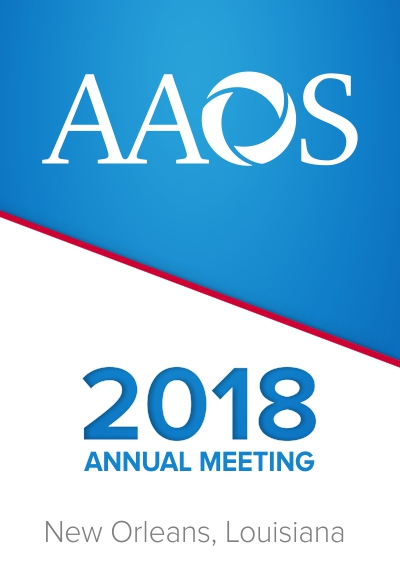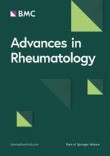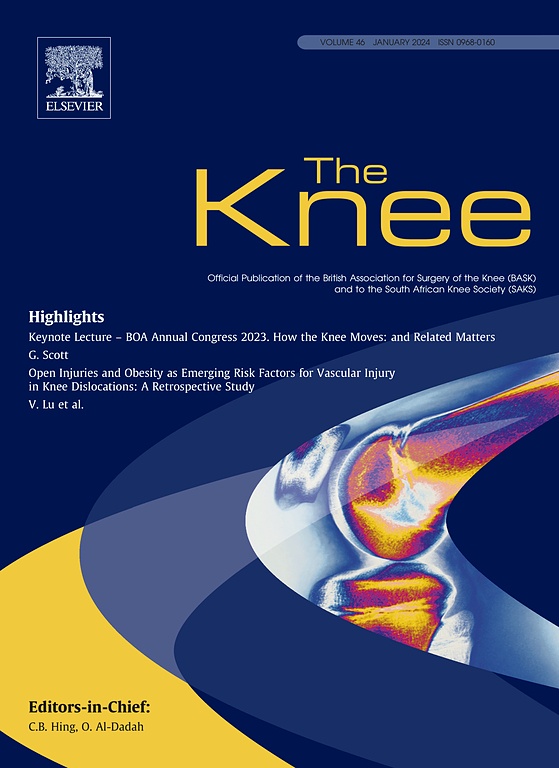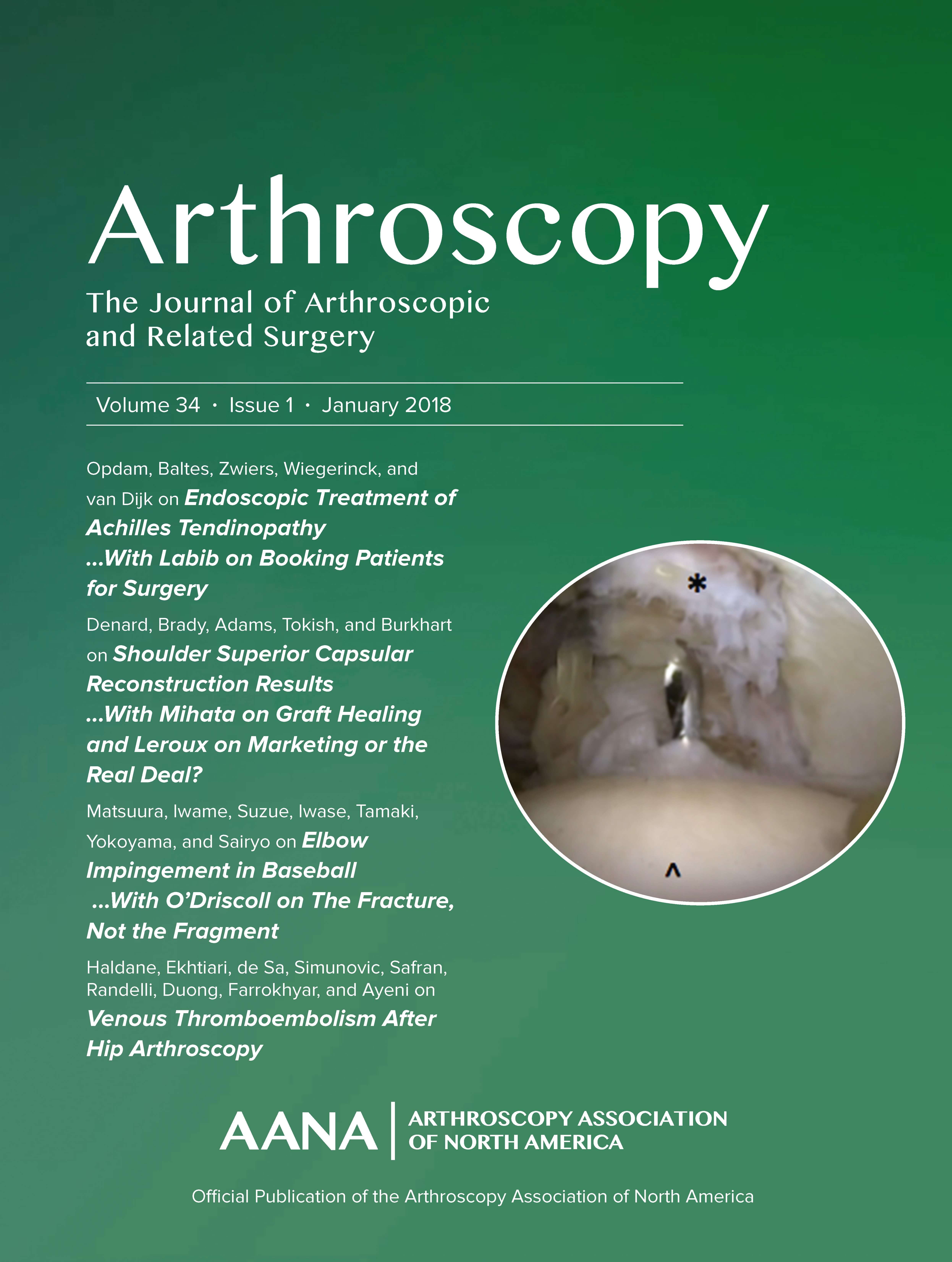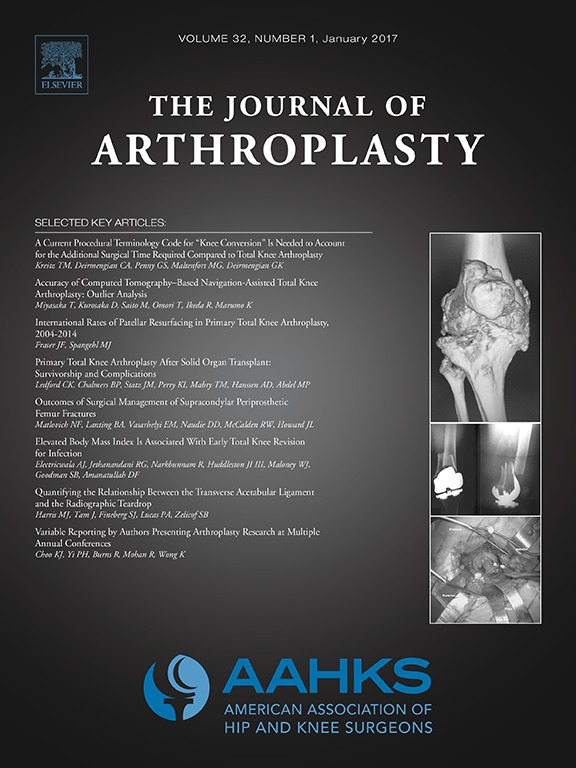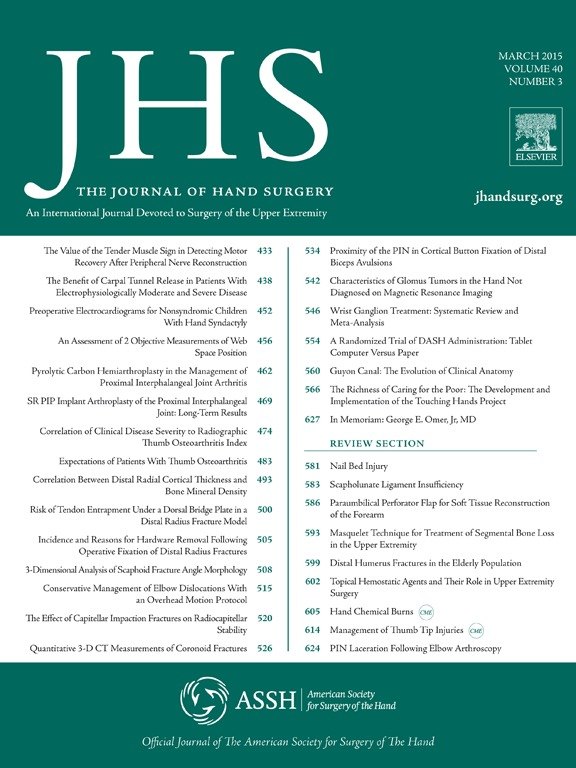PeerView
You are viewing the most viewed ACE Reports by Sports Medicine Specialists over the last 30 days in all specialties.
Displaying
100%
①
Synopsis:
One hundred twenty patients with symptomatic tibiofemoral knee osteoarthritis (Kellgren–Lawrence grade 2–3) were randomised to receive a single intra-articular injection of autologous micro-fragmented adipose tissue (n=60) or placebo isotonic saline (n=60) following abdominal liposuction.The primary outcome of interest was KOOS4 at 6 months.Secondary outcomes included KOOS subscales (Pain, Symptoms, ADL, Sports/Recreation, QoL), Tegner activity score, proportion achieving the KOOS4 MCID, treatment failure, return to work and sport, adverse events, and treatment-related discomfort, assessed at 3, 6, 12, and 24 months.Overall, the results of the study revealed no statistically significant or clinically important between-group differences in KOOS4 at any time point (6-month between-group difference in change 1.7, 95% CI −3.6 to 7.1; p=0.52), nor in Tegner scores or other secondary outcomes, although both groups showed substantial and sustained improvements from baseline over 2 years. These findings suggest...
Read More »
Level 1 RCT
①
Synopsis:
60 patients with distal interphalangeal joint (DIPj) active extensor lag were randomized to determine the efficacy between cast immobilization treatment using either a Quickcast orthosis to be worn 24 hours a day or a removable, low temperature thermoplastic, lever-type orthosis.After 24-28 weeks, there were no significant differences between the two groups in regard to success rate, orthosis discomfort, satisfaction with orthotic design, DIPj flexion stiffness, incidence of complications, and grip and tip-to-tip pinch strengths. However, the Quickcast...
Read More »
Author verified Level 1 RCT
①
Synopsis:
Forty-two sport-active patients with chronic insertional Achilles tendinopathy were randomized to low tendon compression rehabilitation (LTCR; n=20) or high tendon compression rehabilitation (HTCR; n=22).The primary outcome was VISA-A at 12 and 24 weeks.Secondary outcomes included patient satisfaction, return-to-sport, pain on hopping (VAS-HOP) and during ADLs (VAS-ADL), single-leg heel-raise repetitions, and ultrasound tendon thickness; outcomes were assessed at baseline, 12, and 24 weeks.Overall, the results of the study revealed larger VISA-A gains with LTCR at both 12 weeks and 24 weeks, alongside higher satisfaction and better pain metrics. In short, limiting...
Read More »
Level 1 RCT
①
Synopsis:
Seven studies were included in this meta-analysis which aimed to determine the effect of the application of platelet-rich products (PRP) in arthroscopic rotator cuff repair.Pooled analyses of functional outcome measurements indicated no beneficial effect of PRP at a minimum of 12 months postoperatively, and overall no decrease in retear rate. However, an analysis...
Read More »
Level 1 Meta Analysis
Synopsis:
38 adolescents with 50 knees affected by Osgood-Schlatter disease were randomized to three monthly treatments of either prolotherapy with a dextrose solution, or so sham prolotherapy with saline.Patients were assessed for function on the Victorian Institute of Sport Assessment (VISA) score after 1, 2 and 3 months. Results demonstrated no...
Read More »
Conference Report
①
Synopsis:
Sixty patients with primary knee osteoarthritis were randomized to receive intra-articular ozone therapy at 40 µg/mL (n=20), 20 µg/mL (n=20), or oxygen as control (n=20).The primary outcome was pain reduction, measured by the Visual Analog Scale (VAS) and WOMAC pain subscale.Secondary outcomes included functional mobility (WOMAC function, FROM, TUG, and 6MWT).Outcomes were evaluated at baseline, two weeks, one month, and two months post-intervention.Overall, both ozone groups showed significantly greater reductions in pain and improvements in function compared to the control, with no significant differences between the two ozone concentrations. The findings suggest...
Read More »
Level 1 RCT
①
Synopsis:
One hundred thirty-one patients with moderate knee osteoarthritis (OA) were randomized to receive bidirectional barbed polydioxanone filament (BBPF) insertion into the vastus medialis obliquus (VMO) (muscle enhancement and support therapy, MEST; n=88) or a sham needle procedure without filament insertion (n=43).The primary outcomes were pain on a 100-mm VAS during weight-bearing and walking.Secondary outcomes included isometric maximal contractile strength of the quadriceps (IMCSQ), Patient Global Impression of Change (PGIC), and Clinical Global Impression of Change (CGIC).Outcomes were assessed at baseline and at 4 and 8 weeks; an additional safety follow-up occurred at 24 weeks.Overall, the results revealed significantly greater pain reductions and strength gains in the MEST group at 4 and 8 weeks, alongside superior PGIC/CGIC ratings. These findings suggest...
Read More »
Level 1 RCT
①
Synopsis:
One hundred and twenty-one patients undergoing a hip arthroscopy procedure were randomized to receive 90 days of automated text messages on post-operative instructions and general health guidance (n=57) or no added intervention (n=64).Outcomes of interest included pain and physical function on the Hip Disability Osteoarthritis Outcome Score (HOOS), patient compliance, and patient satisfaction with the intervention.Results revealed no significant differences between the two groups in pain, physical function, or compliance at 90 days. Patients who received...
Read More »
Level 1 RCT
①
Synopsis:
One hundred and sixteen patients with displaced femoral neck fractures were randomized to receive hemiarthroplasty via the anterior approach (AA) (n=58) or the lateral approach (LA) (n=58).The primary outcome was function at 6 weeks on the Barthel-20 Index.Secondary outcomes included EQ-5D, pain (VAS; plus 5-day opioid use), length of stay (acute and to rehab discharge), complications (medical and implant-related), readmissions/ED visits, and mortality.Outcomes were assessed at 2, 6, 12, and 24 weeks.Overall, the results revealed no between-group differences for the primary outcome (both groups mean 15.8 at 6 weeks; P=0.98) or for secondary patient-reported outcomes, resource use, complications, readmissions, or mortality; operative time was modestly longer with AA and cement mantle quality was worse. In short, AA...
Read More »
Level 1 RCT
①
Synopsis:
One hundred twenty-three patients with Carpal Tunnel Syndrome (CTS) were randomized (unbalanced 3:1) to endoscopic carpal tunnel
release (ECTR) (n=91) or open carpal tunnel release (OCTR)(n=32).The primary outcomes were CTS Symptom Severity Scale scores and nerve/vascular complications assessed by a blinded evaluator.Secondary outcomes included McGill Pain Questionnaire scores, grip and pinch strength, sensory threshold, time to return to work, and long-term satisfaction/re-operation.Outcomes were measured at baseline, 1, 6, and 12 weeks, with long-term contact at a mean of 3.2 years.Overall, the results revealed no between-group differences in primary outcomes at any time and no nerve/vascular complications in either group; ECTR showed transient advantages in grip and pain at 1 and 6 weeks that dissipated by 12 weeks. In conclusion, ECTR...
Read More »
Level 1 RCT




 LOGIN
LOGIN


